Advertisement
Meet the Bug-Eating Plants: Natural Pest Control Wonders
Advertisement
Nature is full of fascinating surprises, and one of the most intriguing are the plants that feed on bugs. These carnivorous plants have adapted to thrive in environments with poor soil nutrients. To survive, they developed unique methods to supplement their diet with insects and other small creatures. It’s like having a garden that helps with pest control—all by itself. Let’s take a look at some of the most well-known bug-eating plants and how they work.
Venus Flytrap: The Iconic Insect Hunter
The Venus flytrap is probably the first plant that comes to mind when you think of bug-eating plants. Native to the wetlands of North and South Carolina, this plant is known for its distinctive jaw-like leaves. Each leaf has tiny, sensitive hairs, and when an insect touches these hairs twice within 20 seconds, the trap snaps shut. It’s like a nature-made mousetrap, but for flies and bugs. Once closed, the Venus flytrap releases digestive enzymes to break down its prey and absorb the nutrients. It’s truly a sight to see!
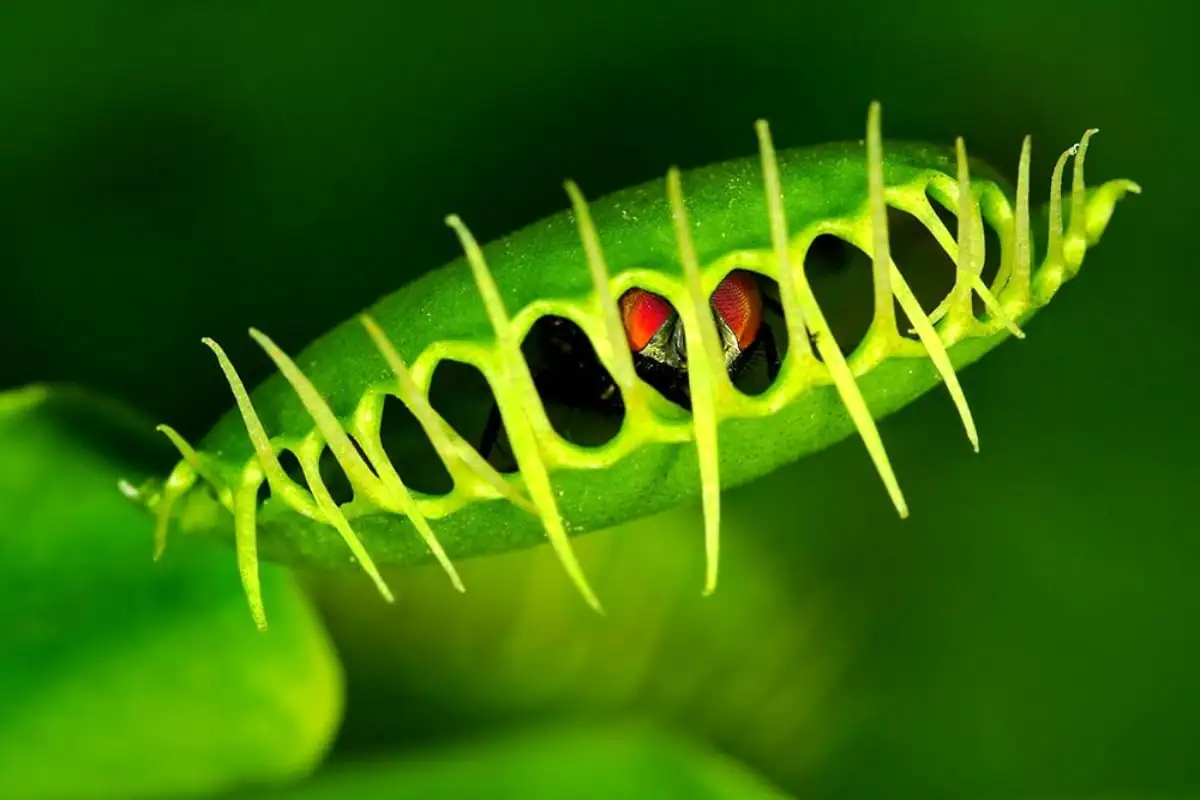
Advertisement
Pitcher Plants: Nature’s Pitfall Trap
Pitcher plants are another captivating example of carnivorous flora. They come in various shapes and sizes, with their “pitchers” resembling deep, water-filled cups. These plants use a simple yet effective strategy: insects are lured in by sweet nectar that lines the edge of the pitcher. Once an insect slips inside, it struggles to escape due to the slippery walls and downward-facing hairs that prevent it from climbing back out. Over time, the trapped bug drowns in the liquid, and the plant digests it to absorb nutrients. The pitcher plant’s elegant yet deadly design is both functional and fascinating.

Advertisement
Sundews: The Sticky Trap
Sundews are some of the most beautiful bug-eating plants out there. Their leaves are covered in tiny, hair-like structures called tentacles, each topped with a drop of sticky, glue-like substance. This shimmering appearance attracts unsuspecting insects, which become trapped upon contact. As soon as the bug touches the sticky tentacles, the sundew’s leaves slowly curl around it, ensuring the prey is securely held. The plant then releases digestive enzymes to break down the insect and absorb its nutrients. It’s a delicate but efficient process that keeps the sundew thriving.
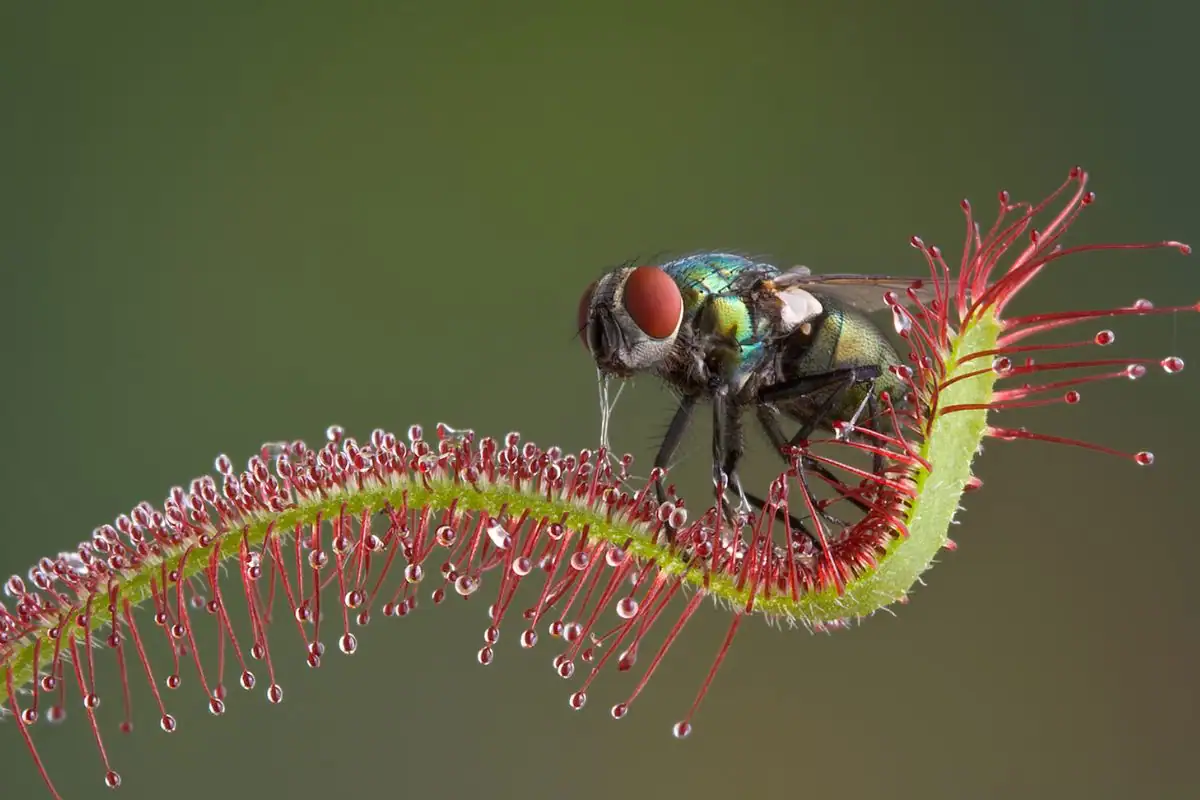
Advertisement
Bladderworts: The Underwater Predators
Bladderworts are unique because they are mostly aquatic plants. Found in ponds, lakes, and slow-moving water, these plants have small, bladder-like sacs that act as traps. The bladders have tiny openings with a trapdoor mechanism that snaps shut when small water insects or larvae trigger it. This process happens in a fraction of a second—so fast that it’s hard to see without slow-motion footage. Once the prey is inside, digestive enzymes break it down, allowing the bladderwort to soak up essential nutrients. It’s like the underwater version of a Venus flytrap!
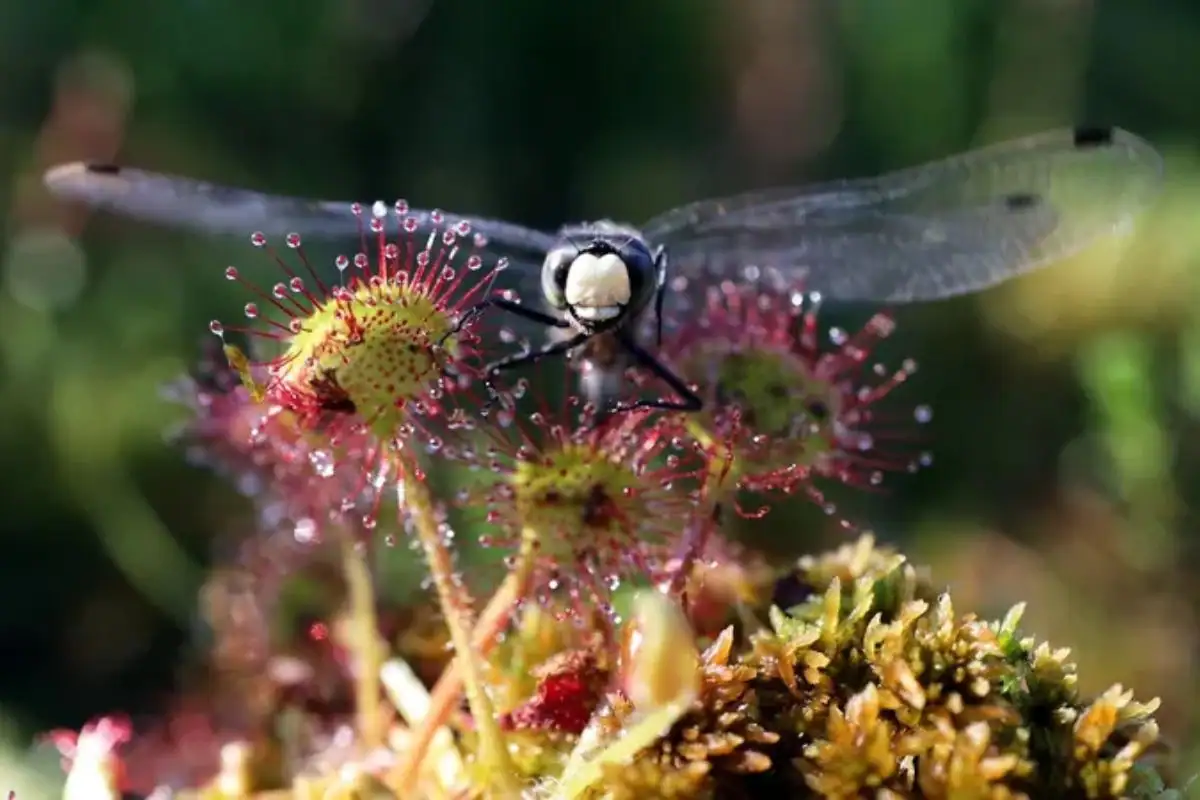
Advertisement
Butterworts: The Subtle Snare
Butterworts might not look like fierce predators at first glance, but they are experts at catching small insects. Their leaves are flat, broad, and covered with a sticky substance that glistens in the light, attracting bugs. When an insect lands on the leaf, it becomes stuck, unable to free itself. The plant’s enzymes then get to work, breaking down the bug so the butterwort can absorb the nutrients. It’s a slow but effective way of getting what it needs to thrive in nutrient-poor soil.
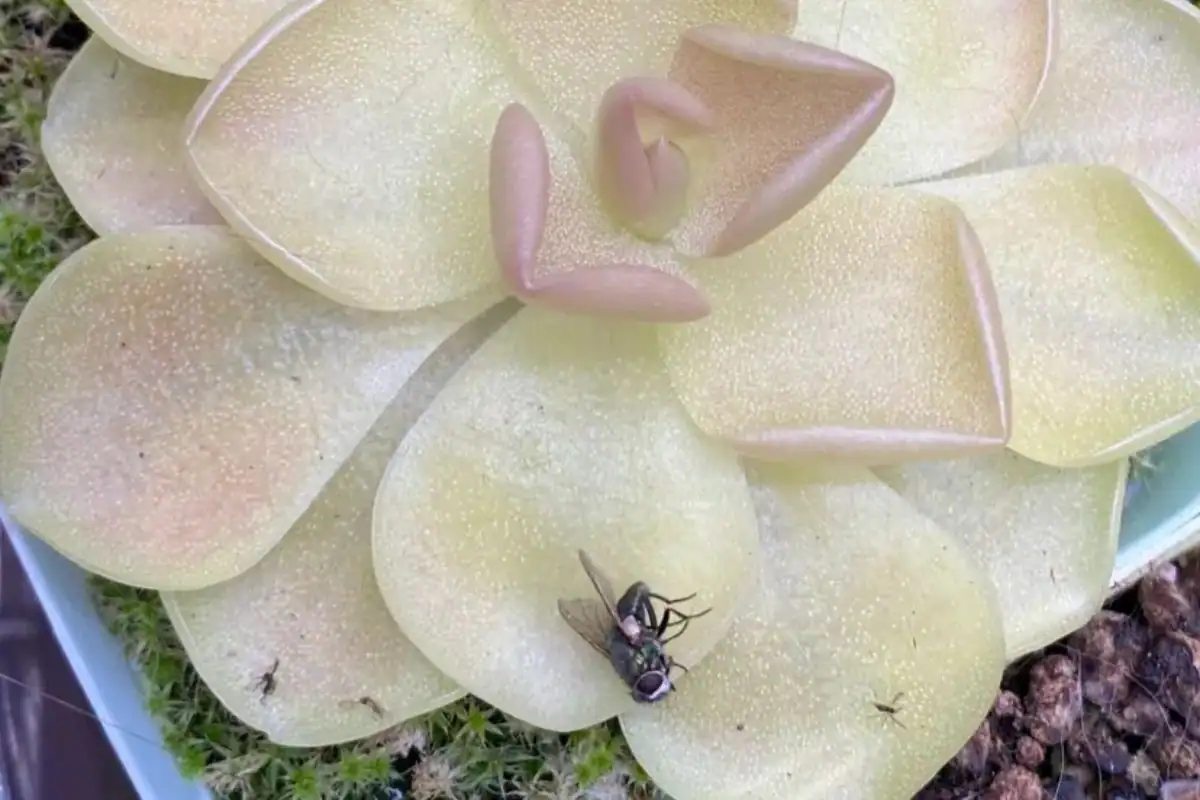
Advertisement
Nepenthes: The Hanging Pitcher Plant
Nepenthes, also known as tropical pitcher plants, are famous for their large, hanging pitchers. These exotic-looking plants are primarily found in Southeast Asia and Madagascar. The pitchers can grow quite large, some even big enough to trap small frogs or rodents! The inside of the pitcher is slick and waxy, making it hard for any prey to escape once it falls in. The liquid at the bottom contains enzymes and bacteria that help digest the trapped creature, turning it into a nutrient-rich soup the plant can absorb. It’s a beautiful yet deadly masterpiece of nature.

Advertisement
Cobra Lilies: The Serpentine Surprise
Cobra lilies, named for their snake-like appearance, are native to the western United States. These plants use a unique approach to trap insects. Their hooded leaves create a maze that confuses bugs as they search for a way out. The entrance is cleverly disguised, making it almost impossible for the prey to find its way back. Meanwhile, the plant’s inner walls are lined with slippery surfaces and downward-facing hairs, ensuring that any trapped insect is led deeper into the plant. Once the bug succumbs, digestive enzymes help the cobra lily absorb the nutrients.
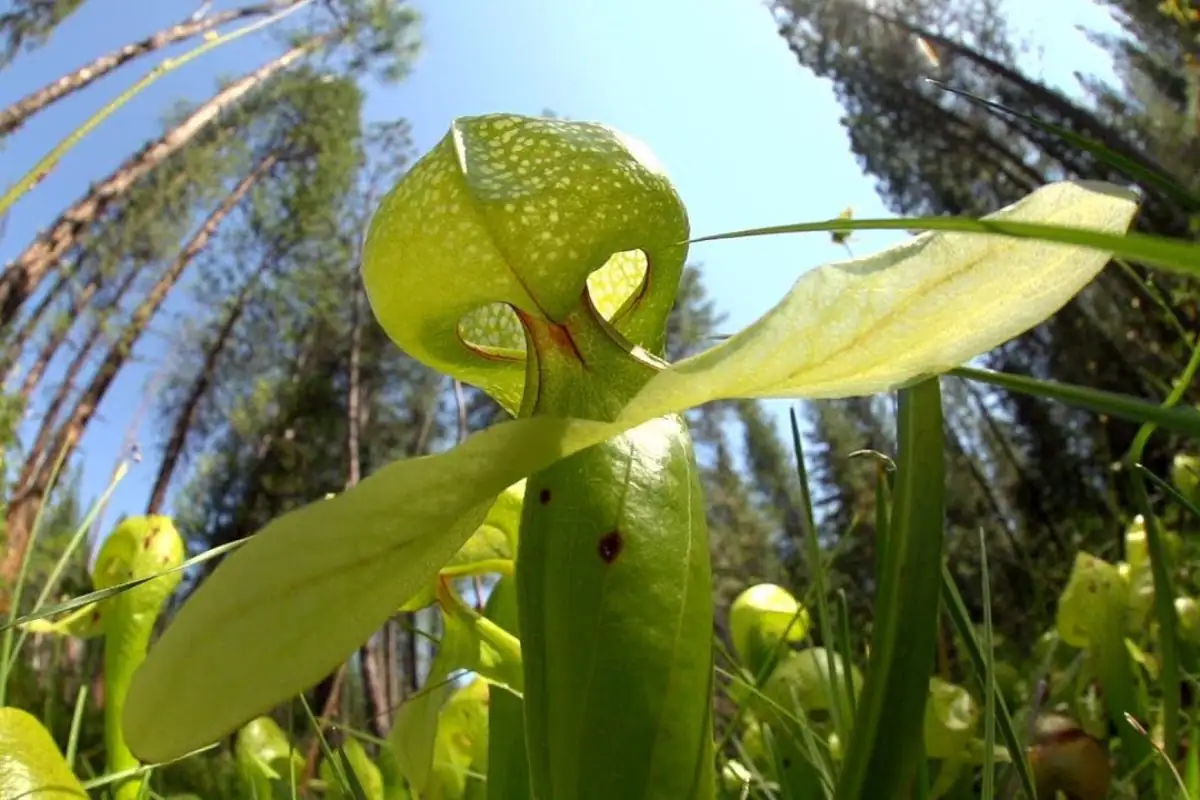
Advertisement
Environmental Benefits and Adaptations
Bug-eating plants have evolved to survive in nutrient-poor environments such as bogs, wetlands, and sandy soils. By supplementing their diet with insects, they can grow in places where other plants would struggle. Not only are these plants interesting to observe, but they also help control insect populations naturally. Imagine having one of these plants in your garden—talk about eco-friendly pest control! Plus, their unique adaptations are a reminder of nature’s creativity and resilience.
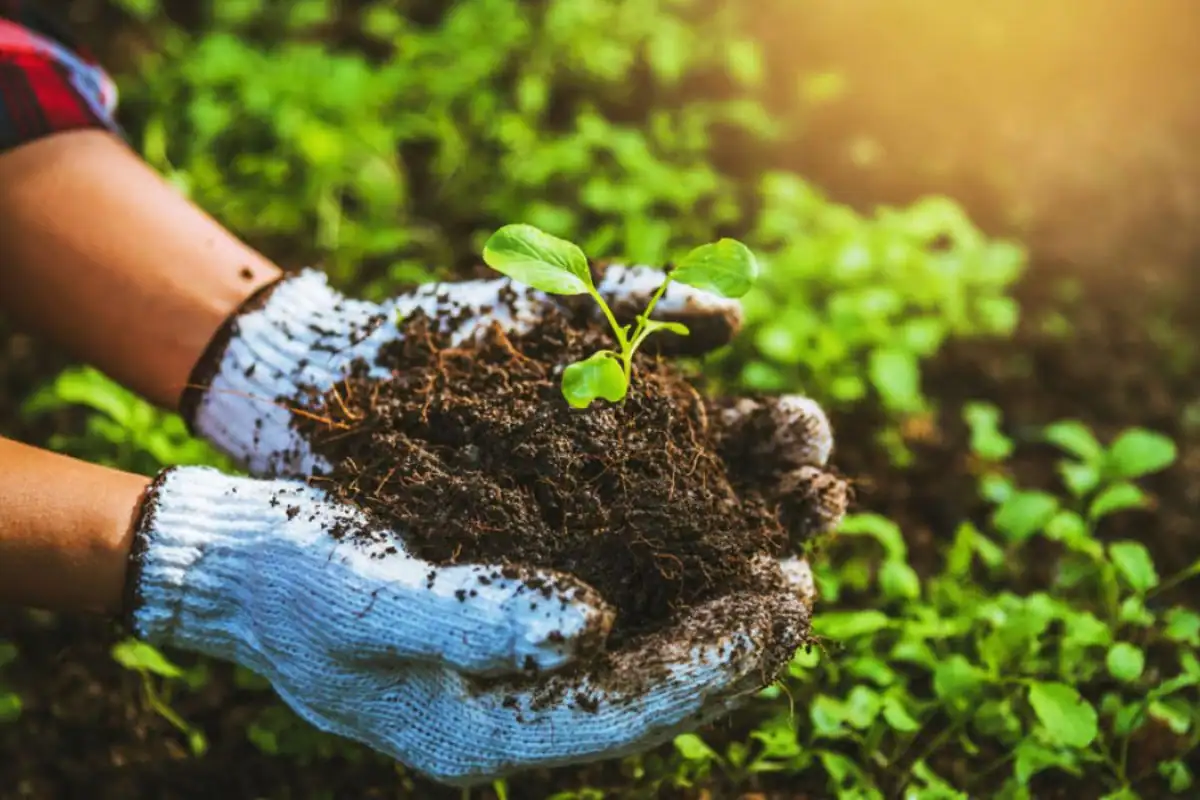
Advertisement
Caring for Carnivorous Plants at Home
If you’re interested in having a carnivorous plant as a pet plant, you’re not alone. These plants make for interesting and conversation-starting additions to any home. However, they do have specific needs. Most carnivorous plants require lots of light and high humidity, so placing them in a sunny window or a terrarium is ideal. Watering them with distilled water or rainwater is best, as they don’t tolerate tap water well. With a little care and attention, you can keep these fascinating plants thriving at home.
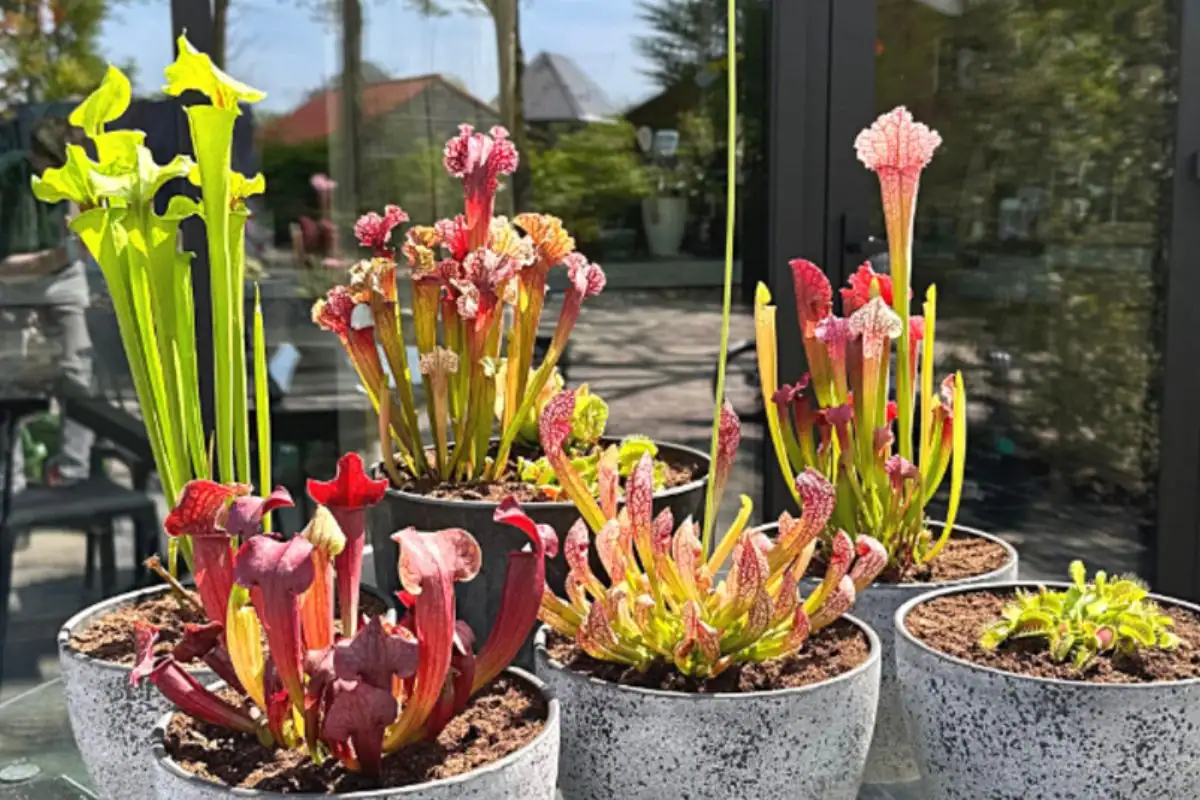
Advertisement
Why Carnivorous Plants Matter
Carnivorous plants are more than just curiosities—they play an essential role in their ecosystems. By keeping insect populations in check, they contribute to the balance of their natural habitats. They also inspire scientists and botanists to study adaptive evolution and ecological balance. From the striking Venus flytrap to the intricate bladderwort, these plants are a testament to the wonders of nature and its ability to adapt and thrive in unexpected ways.

.png)




